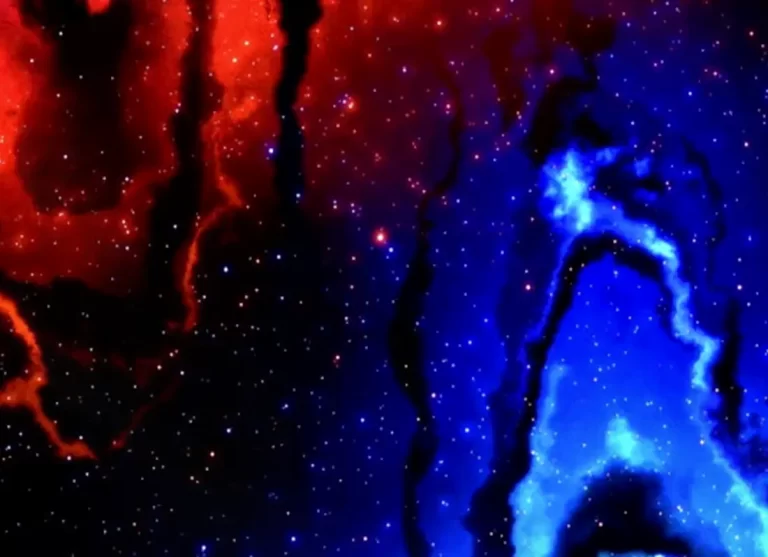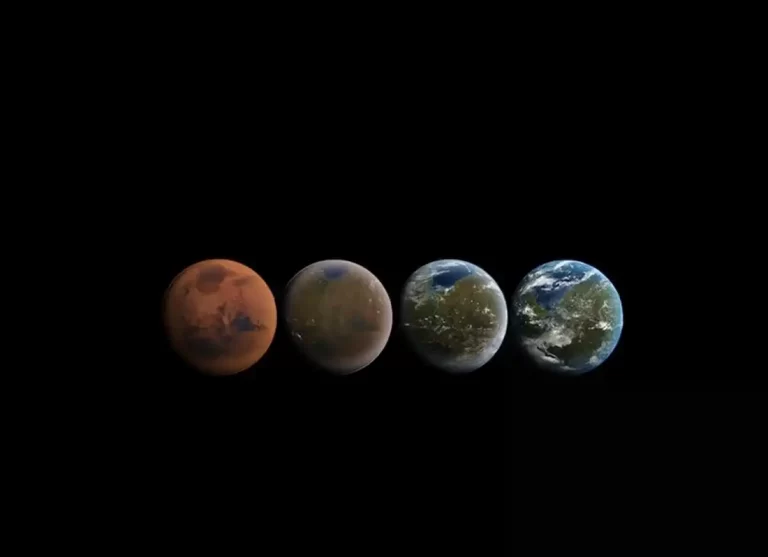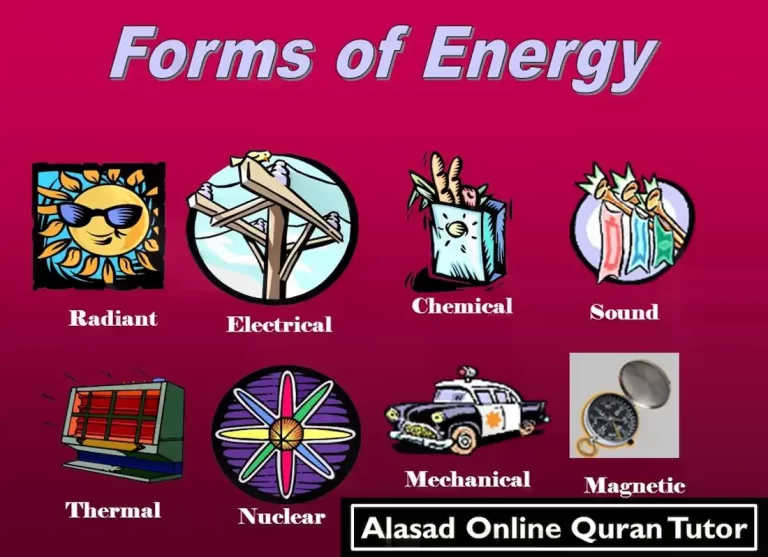Winter Solstice Great Conjunction – Science

Winter Solstice Great Conjunction – Science – December 21 marks the Winter solstice in northern hemisphere and is the shortest day and longest night time of the year. The specific contrary occurs within the southern hemisphere. The Great Conjunction takes…

















